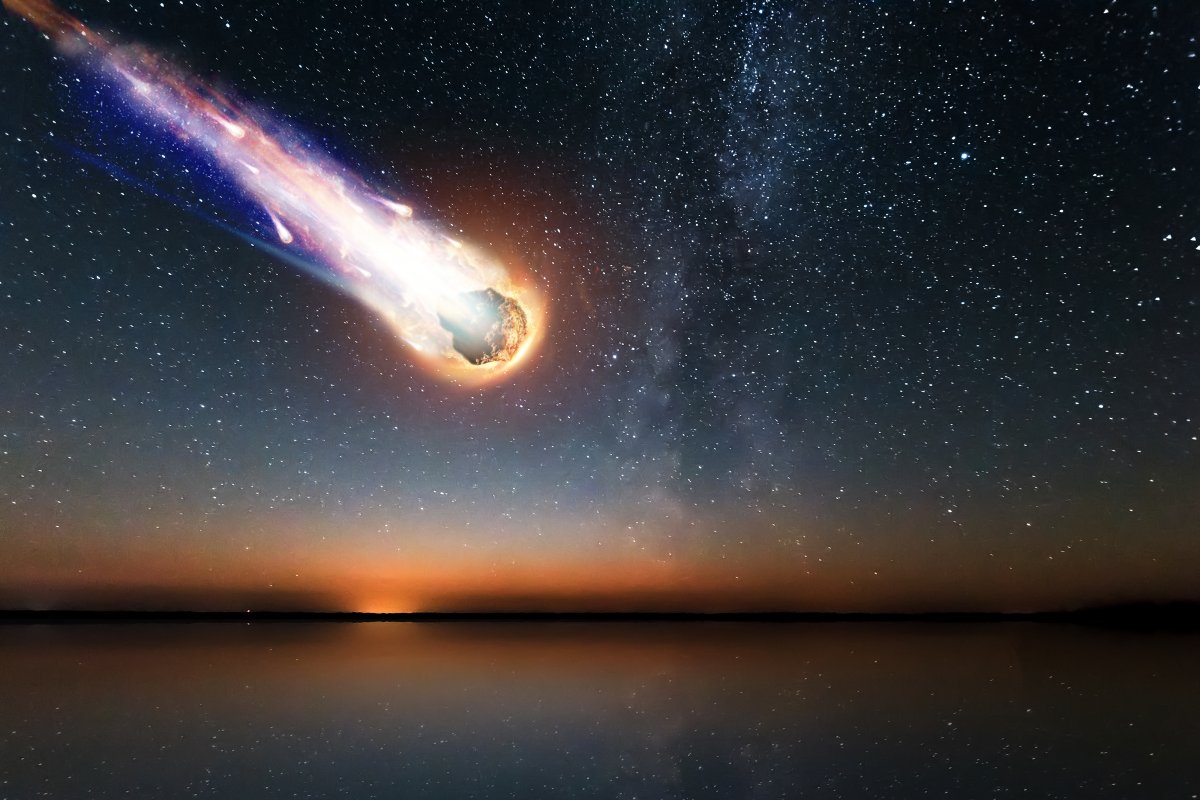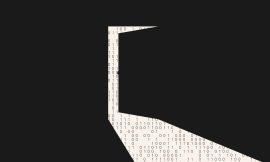Even weeks after the end of an expedition to search for the remains of an interstellar meteorite, the criticism of the US researcher responsible continues. Harvard professor Avi Loeb also claims that dozens of beads discovered could be fragments.
The US magazine Space quotes the British planetary scientist Matthew Genge as saying that it is simply impossible to assign such small fragments to a specific meteorite impact. In addition, astronomer Peter Brown points out that if a meteorite had hit the earth’s atmosphere at the claimed speed, it would have broken up into much smaller pieces than those found by Loeb.
No meteorite has ever been found to hit Earth at more than 28 km/s (100,800 km/h), Space.com quotes Brown as saying. However, Loeb claims that the interstellar meteorite actually hit the earth at more than 200,000 km/h. It was only this speed specification, based on measurement data that had not been available for a long time, that was decisive proof for him that the object actually came from outside the solar system.
However, there are now doubts about the value itself and thus about what is probably the most important basis of the expedition off the coast of Papua New Guinea, which has now been completed. Brown co-authored a scientific paper that said the object’s original observation would also match a much slower object. At the same time, however, certain phenomena were not observed that would have been triggered by such a fast meteorite. Loeb’s claims about the meteorite’s speed and trajectory are “nearly impossible” given the data collected, unless the object was very “oddly shaped.” Overall, Loeb’s assumptions are very difficult to reconcile.
Brown points out that the measurement data for the meteorite that struck in 2014 came from sensors with a large margin of error. That explains the different interpretations. The object, designated CNEOS 2014-01-08, fell to Earth in 2014. The impact was not discovered until years later in a NASA meteorite database, but important data remained inaccessible. They were recorded by US military sensors used to search for nuclear detonations. When the US military released them a year ago, they were taken as confirming the object’s interstellar origin. Brown now contradicts this and points to the inaccuracy of the instruments.
Loeb had already organized his expedition and was looking for fragments of the celestial body on the floor of the Pacific, and he found dozens of tiny spheres.
The criticism of Loeb does not even relate to the professor’s most far-fetched claims. Again and again he brings into play that it could not have been a natural object, but an extraterrestrial device. He does not provide any evidence for this, and his statements are not taken seriously in science.
In Papua New Guinea, meanwhile, allegations have been raised that Loeb’s expedition had no permission at all to take objects out of the waters. Australian broadcaster ABC has reported that the team had made multiple applications but none had been approved. The expedition leader therefore did not want to answer the question of why this was not waited for.



